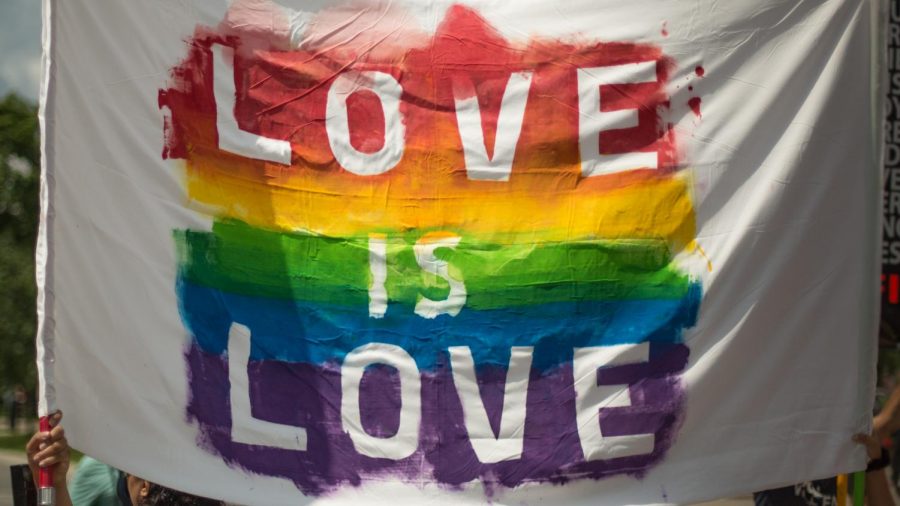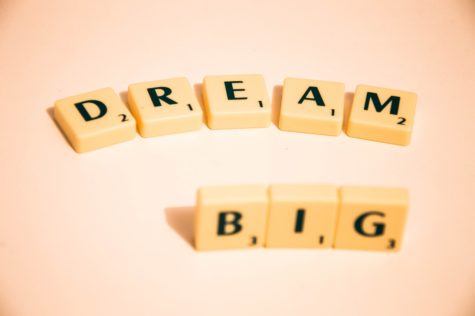LGBT History in New York City
The month of June was chosen for LGBT Pride Month, to commemorate the Stonewall riots, which occurred at the end of June in 1969. As a result, many pride events are held during this month to recognize the impact LGBT people have had in the world. LGBT pride is the positive stance against discrimination and violence toward lesbian, gay, bisexual, and transgender (LGBT) people to promote their equality rights, increase their visibility as a social group, build community, and celebrate sexual diversity. Pride, as opposed to shame and social stigma, is the predominant outlook that bolsters most LGBT rights movements throughout the world. However, do you know the reason why Pride Month is connected with New York City?
For many people in New York ,and around the U.S., the LGBT rights movement began at the Stonewall Inn in 1969. Gay Americans in the 1950s and 1960s faced an anti-gay legal system. Very few establishments welcomed openly gay people in the 1950s and 1960s. Those that did were often bars. At the time, the Stonewall Inn was a popular bar among the LGBT community. On June 28, 1969, NYC police raided the Stonewall Inn. Such police raids were routine during that era due to strong anti-gay bias and the enforcement of local laws. However, officers quickly lost control of the situation at the Stonewall Inn. Tensions between the New York City police and gay residents of Greenwich Village erupted into more protests the next evening, and again, several nights later. The contentious social movements in the last years of the 1960s, including the civil rights movement, the counterculture of the 1960s, and the anti–Vietnam War movement, along with the liberal environment of Greenwich Village, were catalysts for the Stonewall riots. Within weeks, Village residents quickly organized into activist groups and took to the streets in series of protests and riots, demanding the rights for gays and lesbians to be open about their sexual orientation, without the fear of being arrested or harassed. Those six-day long demonstrations would help flourish an LGBT rights movement, which would blossom throughout the 1970s. The first Pride March was held in 1970 to mark the event’s first anniversary, and it has since become an annual civil rights demonstration.
Pride is a place of support, and a place of safety, for many people in the LGBTQ community. Pride has also evolved to mean a number of things. It’s a celebration of its diverse members. It’s an open door to new possibilities. It’s proof that people in the LGBTQ community are loved exactly as they are by other people, and that being different isn’t synonymous with being alone. If you want to be part of the 2019 NYC Pride March this June, remember the history surrounding Pride month in our city — consider the Stonewall rioters and all who fought then, so that you can celebrate now.











